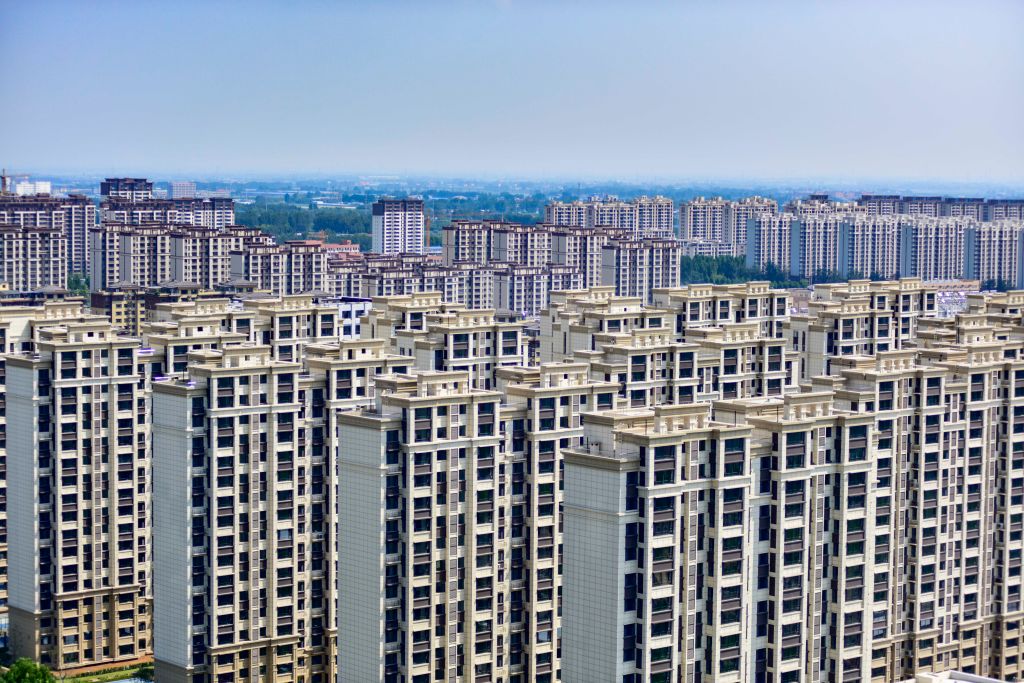US President Joe Biden recently referred to China’s economy as a “ticking time-bomb”. While his administration might like to think the increase in US restrictions on trade and investment will light the fuse, the analogy is misplaced.
A far greater concern is that China’s economy will do a “Japan”, and enter into a long period of stagnation with growth well below expectations. While the US “high fence small yard” restrictions on the export of sensitive technologies will slow the pace of China’s AI development, it is the broader slowing of the global economy and the failure of China’s domestic policies to build domestic consumption in line with the growth in its capacity that lie behind the declining growth rate.
Some of China’s situation is similar to Japan in the early 1990s, with the bursting of the property bubble and demographics heralding a falling work force and rising dependency rate. Both are high savings countries, in part due to weaker public support for retirement income and the health needs that come with age. Both faced/face a shift in the nature of demand toward services, which are inherently lower productivity than manufacturing.
But there are stark differences.
When Japan entered into its deflationary mode its income per capita exceeded that of the United States. China’s is less than one fifth that of the United States. Japan’s manufacturing workers were among the most productive in the world, while China’ still has over 600 million people, many in rural areas, whose labour could be turned to far more productive uses. Slowing growth rates were inevitable for Japan and it remains a prosperous country. China needs high growth rates to continue its impressive rate of poverty reduction. It is hindered in this by its failure to invest in education in rural areas, and policy shifts that have reduced both the dynamism of its private sector and access to capital. It is also impeded by the financial consequences of over investment in infrastructure, not least in property development.
China’s growth rate was always going to slow from the heady rates of 8-10 per cent when it was attracting the type of massive foreign investment that drove the rapid expansion in the export of manufactured products. When these flows wobbled with external events slowing growth, China’s governments used investment in infrastructure to support growth rates. But investment in manufacturing capacity and in infrastructure eventually have declining returns. The advantages of low labour costs and scale for manufacturing are inevitably eroded by success as wages rise, and as existing markets become saturated. And infrastructure needs to be adding to productive capacity, including in providing housing, transport and other services for people, if the investment is to contribute to growth over time, rather than mainly during its construction phase.
Digesting the financial consequences of over investment in infrastructure and the failure to offset the slowing growth in external markets with growing domestic markets lie behind China’s growth slowdown. Unlike many countries in the grip of inflation, China has too much capacity, and not enough demand.

China’s excess capacity has short term benefits for the rest of the world as its falling exchange rate is lowering the prices of imports from China. This eases the pressure on prices in importing countries, which helps with the fight against inflation. But this is a two-edged sword for Australia and other commodity exporting countries.
China’s determination to maintain high growth, and choice of infrastructure investment as the main tool to maintain growth, was much to Australia’s advantage as a major supplier of iron ore and metallic coal as well as coal and LNG. China’s approach to stimulus helped Australia recover quickly from the economic downturn that became the 1997–98 Asian financial crisis and 2007–08 global financial crisis. But the overcapacity in China, and the financial consequences that come with investment returns that have fallen well short of the cost of capital, are limiting the Chinese government’s options.
While structural change in China’s economy was always going to see its demand for commodities slow, the hope was that, as in the past when Japan’s slowing demand was replaced by South Korea’s rising demand, growth would boom somewhere else. But this needs the superpowers to turn their attention from rivalry to defusing the real ticking time bomb of climate change.


